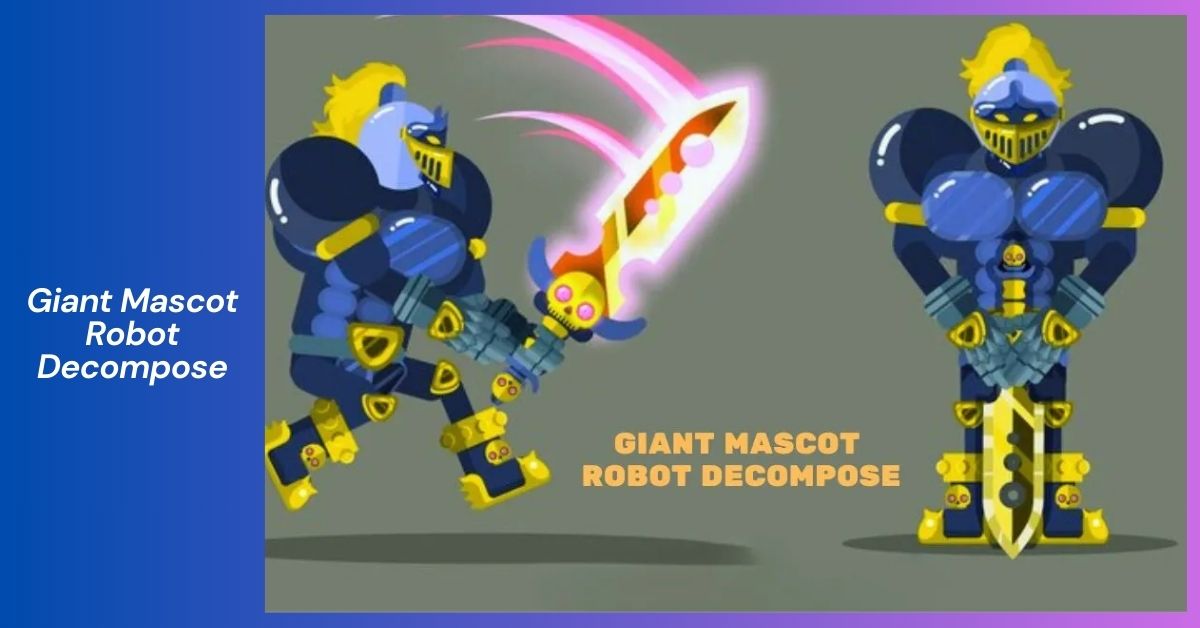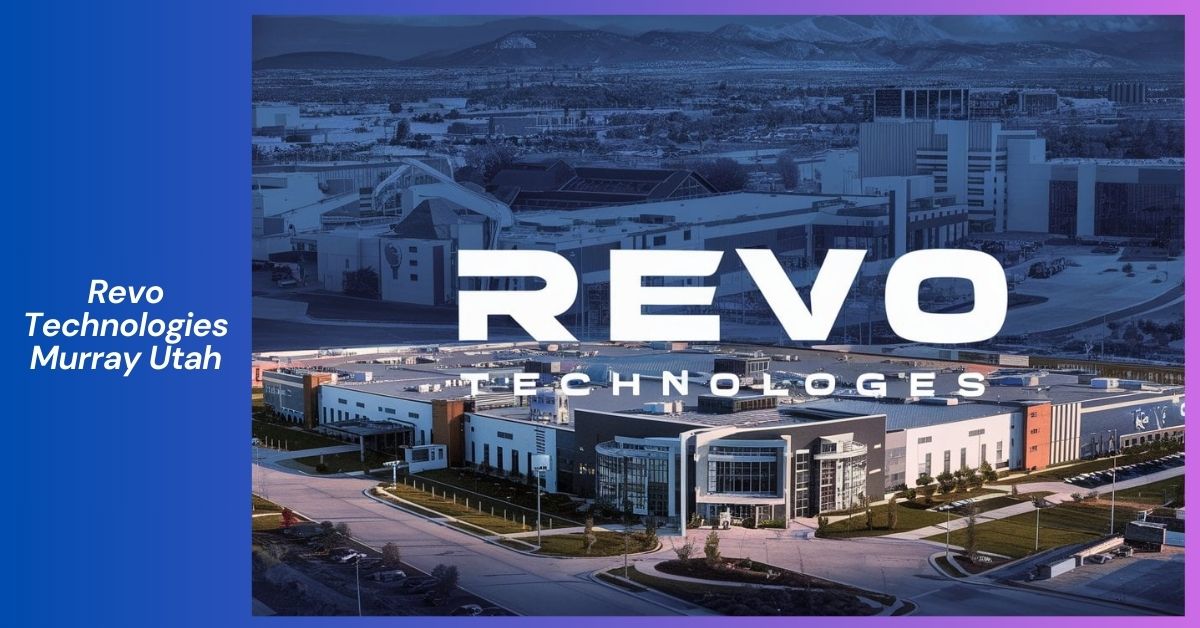
The Giant Mascot Robot Decompose is an intricate procedure that involves careful dismantling, recycling, and ensuring sustainability.
This process is more than just breaking down a large robotic mascot. It requires technical expertise and a commitment to environmental responsibility.
Giant mascots are often used by theme parks, sports teams, or major events to represent a brand or a cause, but what happens when these mascots reach the end of their life cycle?
This article dives into the world of deconstructing these giant mascot robots, highlighting the steps, challenges, and environmental impact of the decomposition process.
If you’re curious about what it takes to disassemble a giant mascot robot, this guide will walk you through everything you need to know.
What is a Giant Mascot Robot?
Before diving into the decomposition process, let’s first understand what a giant mascot robot is. These are large, animated figures that often represent a company, sports team, or event.
Made of complex components such as metal frames, motors, electronics, and sometimes fiberglass, these robots can perform various functions such as waving, dancing, or even speaking.
They are often custom-designed to fit specific themes and are powered by sophisticated technologies.
However, like all machines, these mascots have a lifespan. When they become outdated, too costly to maintain, or are no longer needed, they require responsible deconstruction.
The Process of Giant Mascot Robot Decompose
The Giant Mascot Robot Decompose is a highly structured process that involves several stages:
1. Assessment of the Mascot’s Condition
Before any dismantling can begin, experts must evaluate the condition of the mascot robot. The assessment includes:
- Inspecting Structural Integrity: Evaluating if the metal framework is rusted or damaged.
- Analyzing Electrical Components: Checking if the wires, motors, and electronics are salvageable.
- Assessing Hazardous Materials: Identifying and isolating any harmful materials, such as batteries or chemicals, that could pose a risk during the decompose process.
This evaluation helps determine how to approach the breakdown safely and responsibly.
2. Planning the Decomposition Process
Once the condition is assessed, a step-by-step plan is created for the robot’s decompose. This phase involves:
- Selecting Tools: Specific tools are chosen to dismantle the robot without causing harm to reusable components.
- Safety Protocols: Ensuring that safety measures are in place to protect workers from electrical hazards, heavy machinery, or sharp objects.
3. Dismantling the Mascot Robot
Dismantling is perhaps the most labor-intensive part of the Giant Mascot Robot Decompose process.
Experts break down the robot into smaller components, separating materials into categories like metals, plastics, and electronics. Here are the steps involved:
- Disassembling Electronics: The internal wiring, motors, and sensors are carefully removed to avoid damage.
- Breaking Down the Frame: The metal frame is usually taken apart using specialized cutting tools or welding equipment.
- Isolating Hazardous Components: Batteries, chemicals, or any harmful substances are removed and handled according to strict safety standards to prevent environmental damage.
4. Recycling and Reusing Components
Recycling is a key element of the Giant Mascot Robot Decompose process. Most parts of the robot can be reused or recycled, reducing the need for new materials and minimizing environmental impact.
Some recycling steps include:
- Metal Recycling: Steel, aluminum, and other metals are sent to recycling plants where they are melted down and reused.
- Electronic Recycling: Motors, sensors, and circuit boards are repurposed or recycled through specialized electronic waste programs.
- Plastic Components: Any plastics that can be reused are cleaned and repurposed, while non-recyclable materials are disposed of safely.
5. Proper Disposal of Non-Recyclable Materials
Not all materials from a giant mascot robot can be recycled. Some plastics or electronic components may not be suitable for reuse.
These items must be disposed of responsibly to prevent environmental damage. Specialized waste management companies handle the disposal, ensuring minimal harm to the ecosystem.
Environmental Impact of the Giant Mascot Robot Decompose
The Giant Mascot Robot Decompose plays a crucial role in reducing waste and promoting sustainability.
By recycling metals, plastics, and electronics, the process ensures that fewer new materials need to be produced, conserving resources and energy.
However, improper disposal of certain components, such as batteries and hazardous chemicals, can harm the environment.
This makes it essential for companies to follow responsible decomposition practices.
Why Recycling is Essential
Recycling reduces the demand for raw materials and helps lower carbon emissions. Reusing components from mascot robots can significantly cut down on the energy required to produce new ones.
Moreover, recycling prevents hazardous materials from ending up in landfills, protecting the soil and water.
Challenges in Recycling Mascot Robots
The complexity of mascot robots can make recycling a challenge. With so many different materials used in their construction, separating and recycling each component requires specialized knowledge.
Additionally, some materials, like certain plastics, may be difficult to recycle and need to be disposed of in a way that minimizes environmental impact.
The Role of Technology in the Decomposition Process
Modern technology has made the Giant Mascot Robot Decompose process more efficient. With advancements in robotics, artificial intelligence, and automation, disassembling these large mascots can now be done with greater precision, reducing the risk of damaging components that can be recycled or reused.
For example, robotic arms can help dismantle electronic components, while AI-powered systems can help sort materials for recycling.
These innovations are helping to streamline the decompose process and make it more environmentally friendly.
How Companies are Approaching Mascot Robot Decomposition
Many companies are now focusing on sustainable practices when it comes to decommissioning their mascot robots.
Some are even creating programs where old mascot robots are repurposed or donated to museums or educational institutions rather than being dismantled.
Here are some innovative approaches:
- Repurposing Old Robots: Instead of completely dismantling mascot robots, some companies find ways to repurpose them. For example, an old theme park mascot could be refurbished and used in a different capacity, like in an interactive exhibit.
- Educational Use: Some mascot robots are donated to educational programs where students can learn about robotics and engineering by studying the decommissioned robots.
- Exhibits and Museums: Retired mascot robots sometimes find new life in museums or exhibitions, where they become part of displays about technology, robotics, or the history of the brand they represented.
The Future of Mascot Robot Decomposition
As technology evolves, the process of decomposing giant mascot robots will continue to improve.
Innovations in recycling methods, better materials, and more efficient robotics will all play a role in making the decomposition process faster, safer, and more sustainable.
In the future, we may see:
- Automated Decomposition: Robots equipped with AI could potentially handle the entire decompose process, from assessment to recycling, making it faster and more cost-effective.
- Eco-Friendly Materials: Mascot robots may be constructed with biodegradable or fully recyclable materials, making the decompose process much simpler.
- Zero-Waste Decomposition: As recycling technologies improve, the goal will be to ensure that 100% of the robot’s components can be recycled, reducing waste to zero.
Conclusion
The Giant Mascot Robot Decompose process is essential for responsibly managing the end-of-life cycle of these massive, complex machines.
Through careful assessment, dismantling, recycling, and the disposal of hazardous materials, this process plays a significant role in reducing environmental impact.
As technology continues to advance, the decomposition process will become even more efficient, sustainable, and eco-friendly.
By focusing on recycling and repurposing materials, companies can minimize waste and promote environmental responsibility.
Ultimately, the Giant Mascot Robot Decompose is not just about breaking down machines—it’s about preserving resources and ensuring a cleaner future for everyone.
FAQs about Giant Mascot Robot Decompose
What happens to the mascot robot’s electronics during decomposition?
The electronics, including motors, sensors, and circuit boards, are carefully removed and either reused in other projects or recycled through electronic waste programs.
Can the entire mascot robot be recycled?
Not every part of the mascot robot can be recycled. While metals and many electronic components can be reused, some plastics and hazardous materials may need to be disposed of responsibly.
Why is the Giant Mascot Robot Decompose process important?
Decomposing giant mascot robots is essential for reducing waste, promoting recycling, and ensuring that harmful materials don’t end up in landfills. It also conserves resources by reusing materials.
How long does the decomposition process take?
The time it takes to decompose a giant mascot robot depends on its size and complexity. The process can range from a few days to several weeks.
Is the decomposition process safe for the environment?
When done properly, the decomposition process is safe for the environment. By recycling materials and responsibly disposing of hazardous components, the process minimizes environmental harm.





